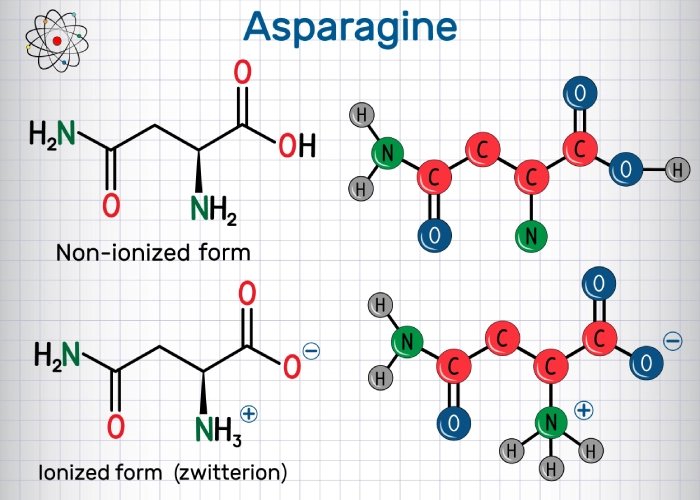FDA Grants Breakthrough Status for Extensive-Stage SCLC
Gilead Sciences has announced a significant development in the treatment of extensive-stage small cell lung cancer (ES-SCLC). The U.S. Food and Drug Administration (FDA) has granted Breakthrough Therapy Designation to Trodelvy (sacituzumab govitecan-hziy) for adult patients with ES-SCLC whose disease has progressed after platinum-based chemotherapy.
This designation is based on promising results from the global Phase 2 TROPiCS-03 study’s ES-SCLC cohort, which evaluated Trodelvy as a second-line treatment. The study, presented at the IASLC 2024 World Conference on Lung Cancer, showed encouraging antitumor activity in both platinum-resistant and platinum-sensitive disease, with a safety profile consistent with previous Trodelvy studies.
Lung cancer remains the second most diagnosed cancer in the U.S. and the leading cause of cancer-related deaths. SCLC accounts for approximately 15% of lung cancer cases, with nearly 70% of SCLC patients diagnosed at the extensive stage. For those with ES-SCLC who do not respond to current first-line standard care, the prognosis is often poor, and treatment options are limited.
The Breakthrough Therapy Designation is designed to expedite the development and regulatory review of investigational treatments for serious or life-threatening conditions. This marks the second such designation for Trodelvy, highlighting its potential to significantly improve clinical outcomes compared to available therapies.
Trodelvy, the first and only approved Trop-2-directed antibody-drug conjugate (ADC), has already demonstrated meaningful survival advantages in two different types of metastatic breast cancers. Gilead is exploring Trodelvy’s potential, both alone and in combination with other agents, across various tumor types and disease stages.
Commentary by YourDailyFit columnist Alice Winters:

The FDA’s Breakthrough Therapy Designation for Trodelvy in extensive-stage small cell lung cancer (ES-SCLC) represents a significant milestone in oncology therapeutics. This development underscores the urgent need for innovative treatments in an area where progress has been frustratingly slow.
Trodelvy’s potential in ES-SCLC is particularly noteworthy given the grim prognosis associated with this aggressive form of lung cancer. The antibody-drug conjugate (ADC) technology employed by Trodelvy represents a cutting-edge approach to targeted cancer therapy, potentially offering a more precise and effective treatment option for patients who have exhausted standard chemotherapy regimens.
The preliminary data from the TROPiCS-03 study is encouraging, showing activity in both platinum-resistant and platinum-sensitive disease. This broad efficacy profile suggests that Trodelvy could become a valuable second-line option for a diverse patient population within ES-SCLC.
However, it’s crucial to temper enthusiasm with caution. While the Breakthrough Therapy Designation expedites the regulatory process, it does not guarantee approval. The upcoming Phase 3 trial will be critical in confirming Trodelvy’s efficacy and safety profile in a larger patient cohort.
Moreover, as an ADC, Trodelvy’s mechanism of action – targeting the Trop-2 protein – raises questions about potential off-target effects and long-term safety. The consistency of its safety profile with previous studies is reassuring, but vigilant monitoring in larger trials and post-market surveillance will be essential.
From a market perspective, Gilead’s strategic focus on expanding Trodelvy’s indications beyond breast cancer demonstrates a commitment to maximizing the potential of this promising therapy. If approved for ES-SCLC, Trodelvy could significantly strengthen Gilead’s oncology portfolio and address a critical unmet medical need.
In conclusion, while the Breakthrough Therapy Designation for Trodelvy in ES-SCLC is undoubtedly a positive development, it’s important to maintain a balanced perspective. The road from promising early-stage results to a widely available, effective treatment is often long and complex. Nonetheless, for patients with ES-SCLC and their families, this news offers a glimmer of hope in a field where new treatment options are sorely needed. As we await the results of further clinical trials, the oncology community will be watching Trodelvy’s progress with keen interest.



